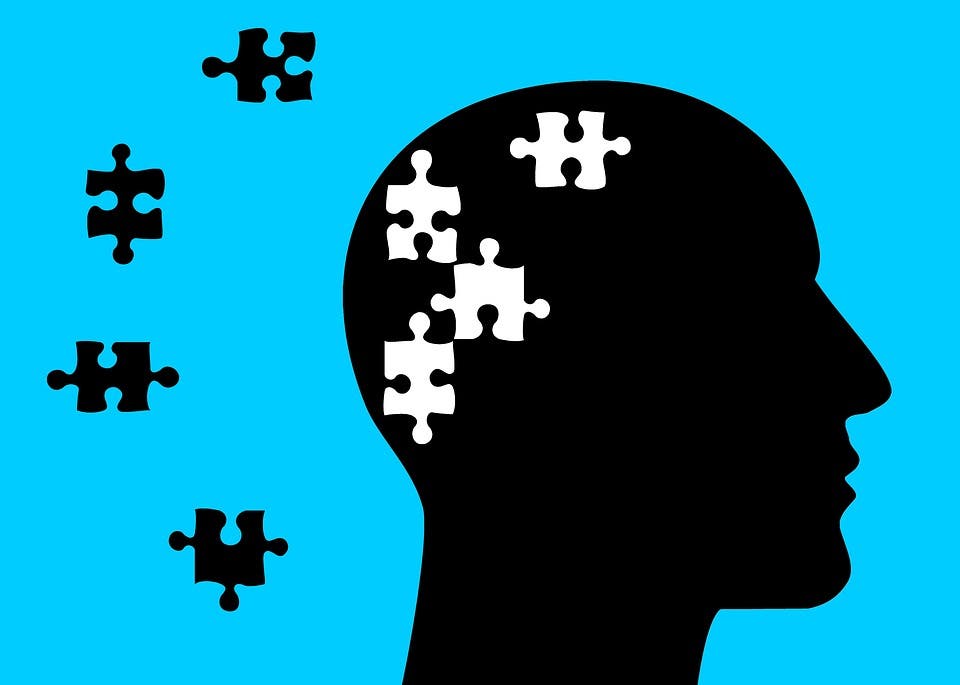Compared to hard sciences such as physics or chemistry, psychology is notoriously imprecise and prone to bias. By some accounts, about half of the scientific literature in psychology and behavioral sciences cannot be replicated — and the actual figure may be a lot higher if more studies would include participants from non-Western countries. Of course, people aren’t nearly as predictable as the motions of atoms or a chemical reaction, but that doesn’t mean that we don’t have a problem. The solution to this crisis may be a theoretical framework for human behavior which could reorganize the social sciences in the same way that Darwin’s Theory of Evolution reorganized the biological sciences.
This idea was recently proposed by Michael Muthukrishna of the Londons School of Economics and Joseph Henrich of Harvard University. The authors argue that the reproducibility crisis can’t be blamed on flawed methodological and statistical practices (although there are plenty of faults there as well), but rather on the lack of an overarching theoretical framework to create constraints and allow researchers to make predictions from more general premises.
For instance, when physicists at CERN found that neutrinos traveled faster than the speed of light, they immediately suspected that something was wrong because that would violate the theory of special relativity. They then had to devote extra resources and attention to providing more evidence for an extraordinary claim against a tried and tested theory. So, in subsequent experiments, they learned that the initial observation couldn’t be replicated and the theory was strengthened as a consequence. A psychology study, on the other hand, generally lacks the framework that might help researchers to contextualize their findings. For instance, what does it mean that Americans prefer fewer choices to more choices? That’s the finding of a recent study, but is that surprising? Does it violate any theory? Similarly, other studies have argued that people generally conform to majorities. That may be true, but in the absence of a framework, we don’t have the tools to understand when and how people actually do this beyond personal interpretation and folklore.
The authors of the new review suggest that social sciences ought to adopt a framework that might make research more replicable and connect dispersed theories. They propose using a model such as Dual Inheritance Theory, also known as gene-culture coevolution theory. This framework proposes that human behavior is shaped by both biological and sociocultural inheritance systems with their own selective mechanisms and forms of transmission. Biological inheritance is shaped by the information contained in genes, whose evolution follows Darwinian laws of natural selection. Within this framework, researchers previously found that when the environment is stable, it may be more efficient to integrate learning into genetically encoded adaptations. When the environment is unstable, this requires individual trial and error learning, paving the way for cultural transmission.
“After the mathematics of Darwin’s theory of evolution were developed, the next step was a Modern Synthesis with other biologists who had thus far been measuring seemingly disconnected aspects of the biological world. With this new theory of human behaviour, the next step is a new synthesis with other social scientists and the measurements and theories across the social world. For the first time in history, we may be approaching something like a general and unifying theory of human behavior,” Muthukrishna said in a press release.
These models lead to testable predictions. For instance, Dual Inheritance Theory suggests that social learning is preferable when individual learning is costly, which can explain why copying the majority is beneficial in certain situations. According to previous research, the tendency of humans to copy the behavior of the majority can be mathematically described as an S-shaped curve. For instance, if 60% of researchers used SPSS software for statistical analysis, the probability of a new researcher following the majority is greater than 60%. Similarly, if 60% of your friends prefer McDonalds over KFC, and you haven’t personally tried either yet, there’s a probability greater than 60% that you’ll choose McDonalds as well.
Muthukrishna sees the Dual Inheritance framework like “a periodic table to the social sciences.
“I don’t think the public is aware of how far we’ve come in understanding why humans are so different to other animals or in understanding how much we understand about the underlying principles behind human behavior. I hope this piece begins to close that gap between the science and public understanding,” he told ZME Science.
The review was published in the journal Nature Human Behavior.










